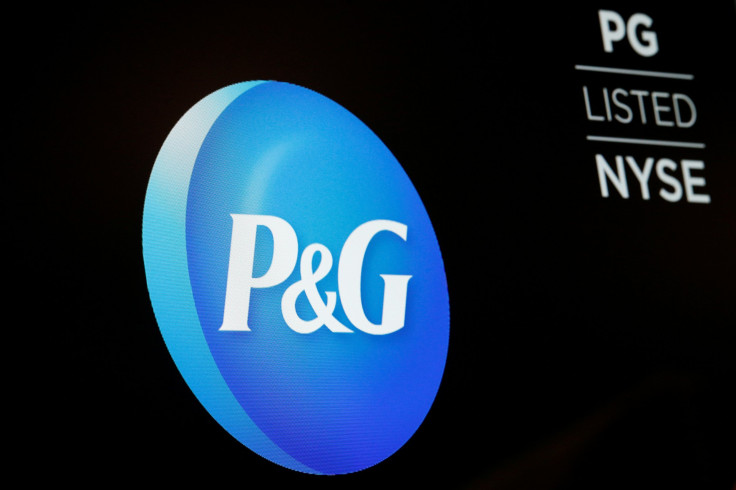What P&G Price Hikes Tell About Basic Consumer Goods Inflation

Inflation for basic goods remains elevated.
That's according to a recent Procter & Gamble Company (P&G) financial report.
The global leader in branded basic consumer goods delivered another solid quarter of financial results.
Thanks to generous price hikes across all its product groups. Grooming (9% increase), Beauty (8% increase), Health Care (6% increase), Fabric & Home Care (6% increase), and Baby, Feminine & Family Care (8% increase).
These price hikes are well above the recent headline and core inflation numbers. For instance, the Consumer Price Index (CPI) rose at an annual rate of 3% in June of 2023, while "core inflation," which takes food and energy out of the consumer budget, rose at an annual rate of 4.8%
P&G's price hikes may continue as the company faces cost pressures on several fronts.
"The April-June quarter provided a very strong finish to fiscal year 2023 – topline growth, bottom-line growth, and cash generation," said Jon Moeller, Chairman of the Board, President and Chief Executive Officer, in a statement following the release of the financial results. "The team met or exceeded our going-in plans for sales, earnings, and cash in a difficult operating environment and despite significant cost headwinds."
Andrew Latham, a certified financial planner and the Director of Content of SuperMoney.com, interprets the phrase "significant cost headwinds" as rising costs of raw materials, energy, labor, or other operational elements, possibly hinting at inflationary pressures.
"It's also worth noting the increase in Selling, General & Administrative (SG&A) expenses as a percentage of sales, up 190 basis points compared to the previous year," he told International Business Times. "This may reflect increased costs in marketing and overheads, potentially also related to inflation."
P&G reported net sales of $20.6 billion for the fourth quarter of the fiscal year 2023, a 5% annual increase. On an organic basis, which excludes the impacts of foreign exchange and acquisitions and divestitures, sales rose at a more robust rate of 8%. In addition, diluted EPS came at $5.90 -- 11% higher than the prior year when adjusted for currency fluctuations.
A strong EPS helped the company generate a solid operating cash flow of $16.8 billion and net earnings of $14.7 billion for the quarter. Adjusted free cash flow productivity was 95%, allowing the company to return $16 billions of cash to shareholders --- $9 billion in dividend payouts and $7.4 billion in share purchases.
P&G's solid financial results were music to traders and investors, who sent its shares close to 3% higher on Friday's regular trading session.
But it was a reminder to consumers on the main street that inflation for basic branded goods is still a problem that must face anytime they visit the local supermarket.
"Consumers have become accustomed to paying higher prices during periods of higher inflation," Michael Goldberg, a business professor at the Weatherhead School of Management at Case Western Reserve University told IBT. "As inflation decreased and commodity prices came down, P&G has not lowered its prices, which has helped spike profits. And with strong premium brands like Tide, they will likely be slower to decrease prices than their competitors, likely keeping their margins strong."
Jeremy Bartlow, a Consumer Expert at PA Consulting, agrees. "P&G noted a solid finish to their fiscal year with top and bottom-line growth, despite significant cost headwinds," he told IBT. "We know that a large part of P&G's strategy is maintaining a portfolio that brings customer value through innovation. This has enabled them to consistently use price to help drive top line growth over the past ten years."
Still, P&G's price hikes led to lower sales volume for the consumer products giant, suggesting that inflation continues to take its toll on consumers. "Interestingly, volume shipment decreased by 1%, which could indicate that consumers are buying less due to higher prices, another indirect sign of inflation," said Latham. "However, P&G successfully offset this volume decrease with a favorable product mix, emphasizing higher-margin products."
Disclosure: The author owns shares of P&G.
(Correction: An earlier version of this article inadvertently omitted the name of Michael Goldberg of the Weatherhead School of Management at Case Western Reserve University. The error is regretted.)
© Copyright IBTimes 2025. All rights reserved.





















